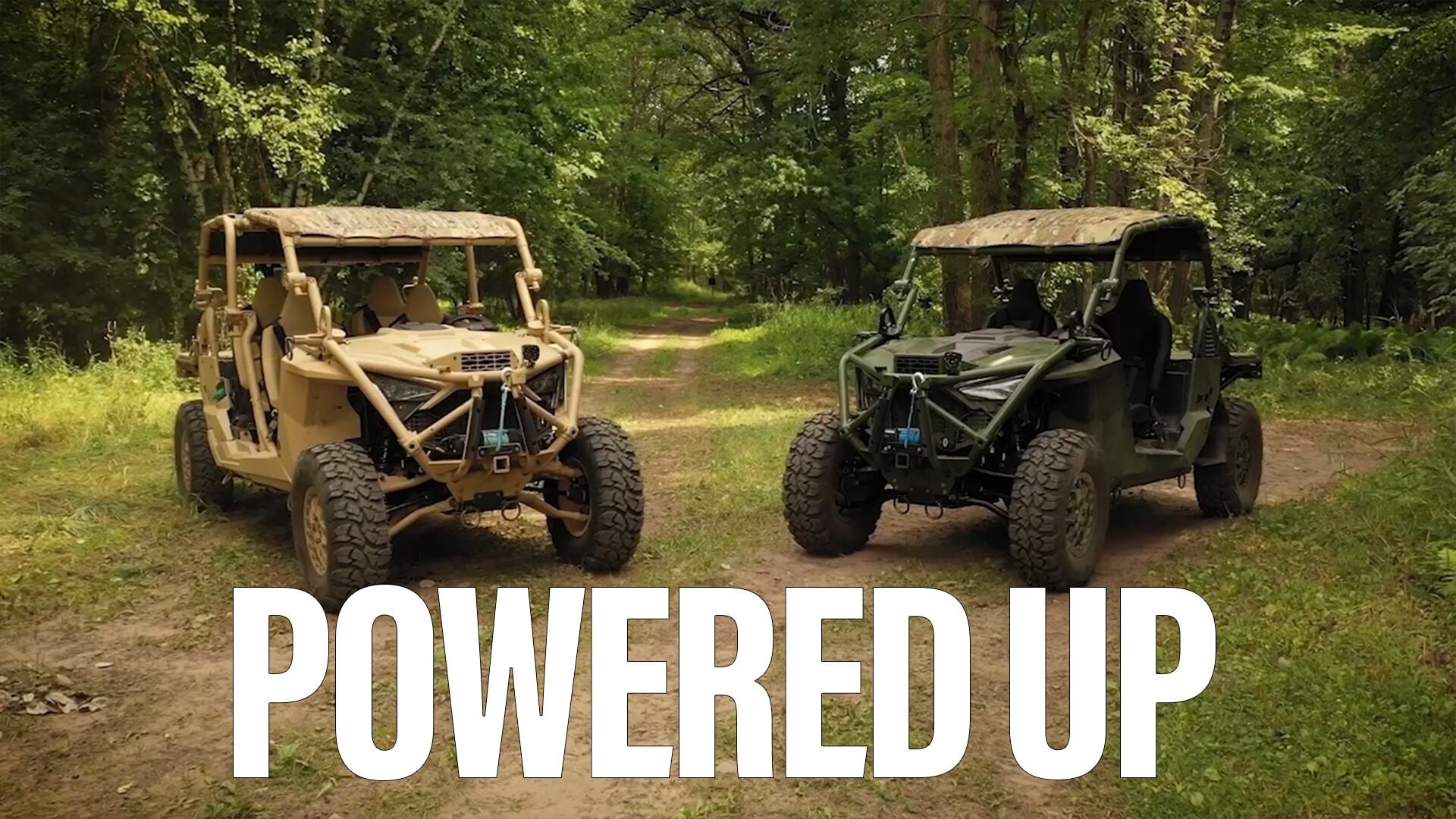LONDON — The expectation was that the Royal Air Force's (RAF) Hercules C-130J fleet would get a bit of a breather after the drawdown from a long Afghanistan campaign was completed at the end of last year.
But the reverse has been true, adding to the debate over whether the upcoming British government strategic defense and security review (SDSR) will revise the aircraft's intended 2022 out-of-service date.
"We thought we would be less busy after Afghanistan, but what we found is we are busier. We made an assumption and it has not quite worked out that way," said according to Sqn. Ldr. Stuart Wright, the executive officer of XXIV Squadron, the RAF's air mobility operational conversion unit.
As if to emphasis the point, Wright, who was giving a training brief to reporters at the RAF's Brize-Norton base in Oxfordshire, England, on April 27, had been on the phone for much of the previous evening trying to piece together a plan involving three crews and a C-130J to fly supplies to support the emergency aid effort in the wake of the Nepal earthquake.
In the last few months, the RAF's 24-strong J fleet has been found itself involved in the fight against Islamic State terrorists in Iraq, the Ebola crisis in West Africa, supporting the United Nations in South Sudan, a busying defense exercise program and a host of other tasks — including supporting British special forces.
That's stretched platform and crew resources following the withdrawal from service of the Hercules C-130K fleet used by the special forces in 2013, leaving the RAF, for the moment, with a fleet of C-130Js, C-17s and A330 tanking and transport aircraft to provide air mobility.
The plan is the C-130J will be gradually start being withdrawn from the fleet starting next year as the RAF ramps up operations of the first of 22 Airbus A400M airlifters, due to complete delivery by the end of 2018.
The much bigger A400M is scheduled to replace the C-130 as the RAF's transport workhorse, sending the J into what some think is premature retirement. The aircraft is also planned to take over the special forces role from the C-130J once a number of still-to-be-delivered capabilities are added.
The debate is not just about A400M capabilities, though. Some in the special forces argue that the Airbus aircraft is just too big for the covert insertion of troops, whatever its capabilities.
Doug Barrie, the senior air analyst at the International Institute for of Strategic Studies, said that while retention of the J would give the RAF more flexibility, there are tradeoffs. it would comes with a financial penalty.
"You wonder exactly what the special forces view is about going into some environments in such a big aircraft," he said of the A400M. "Overall I could see a small number of C-130s being held in the fleet for a bit longer than currently planned. The A400M is a big aircraft that can carry an awful lot a long way, whereas retaining the J would offer you greater flexibility to match aircraft and loads."
Wright said he could "always see a requirement for the Hercules, particularly in the special forces role. It's very good at what it does, it's quite discreet, nobody pays it much attention.... From a financial perspective, though, we can't afford to run the two fleets ... which is why the A400M will eventually take over."
Despite the imminent start of the J fleet being run down, money is still being spent maintaining the capabilities of the aircraft and the crews. The air mobility conversion unit, which aside from the C-130 trains crews and maintainers of the A400M fleet and maintainers on the C-17 fleet, recently took delivery of new visuals from simulator maker CAE for J training. Wright said the RAF is also expected to have a software and hardware upgrade known as Block 8.1 operating on the aircraft by 2019.
While the debate about retaining seven or eight aircraft, probably the longer Mark 5 model. for the special forces role still looks unresolved, at least from the outside, A400M numbers are starting to ramp up. Two of those aircraft have already been delivered, and although the handover schedule is slower than expected, a third aircraft, and the first with a defensive aids suite fitted, is close to being flown to Brize-Norton.
Airbus wouldn't confirm delivery numbers for this year, but an industry executive viewing the Airbus assembly plant in Seville, Spain, recently said they had counted a further six aircraft on the line had been counted, which appeared to be destined for the UK this year.
Progress on bringing the A400M into full operational service, including special is in part the key to whether defense planners will push back the out-of-service date of some of the C-130s, said industry executives said.
The issue will likely be resolved by the SDSR. That's currently scheduled to get underway sometime after a new government comes to office after the May 7 general election.
Email: achuter@defensenews.com
Andrew Chuter is the United Kingdom correspondent for Defense News.








